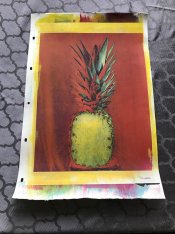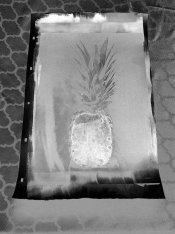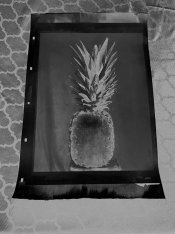Aimee Danger
Member
I’m so depressed. I have spent since this July learning the gum bichromate process. I finally have the paper, the exposure, the solution, the negative density, and the technique down. I attempted a 4-color gum this weekend. Every ting went well until I came to the K layer. I used W&N lamp black with my typical ratios. The 4th layer turned into total... all I can say is gum... on my print. It fell off the paper in places and stained the paper horribly in others. It was kind of pixelated where it adhered. It ruined one of my prints completely. The one where I had done a dark cyanotype as my base layer survived but only because the blue was so rich and vibrant.
Anybody have an idea what went wrong? Is it just the wrong watercolor for this process? Is it too old (it’s been premixed with the gum Arabic since August but stored in a dark, ambient temp space)?
I purchased a totally different black to try again but I’m afraid it might not be the paint. Ive been using Hahnemuhle plat rag and it’s been the best paper so far but I’ve also been rinsing it for an hour in between layers like I used to do with Arches. Could I have washed it too long?
So. Frustrating.
Anybody have an idea what went wrong? Is it just the wrong watercolor for this process? Is it too old (it’s been premixed with the gum Arabic since August but stored in a dark, ambient temp space)?
I purchased a totally different black to try again but I’m afraid it might not be the paint. Ive been using Hahnemuhle plat rag and it’s been the best paper so far but I’ve also been rinsing it for an hour in between layers like I used to do with Arches. Could I have washed it too long?
So. Frustrating.
















